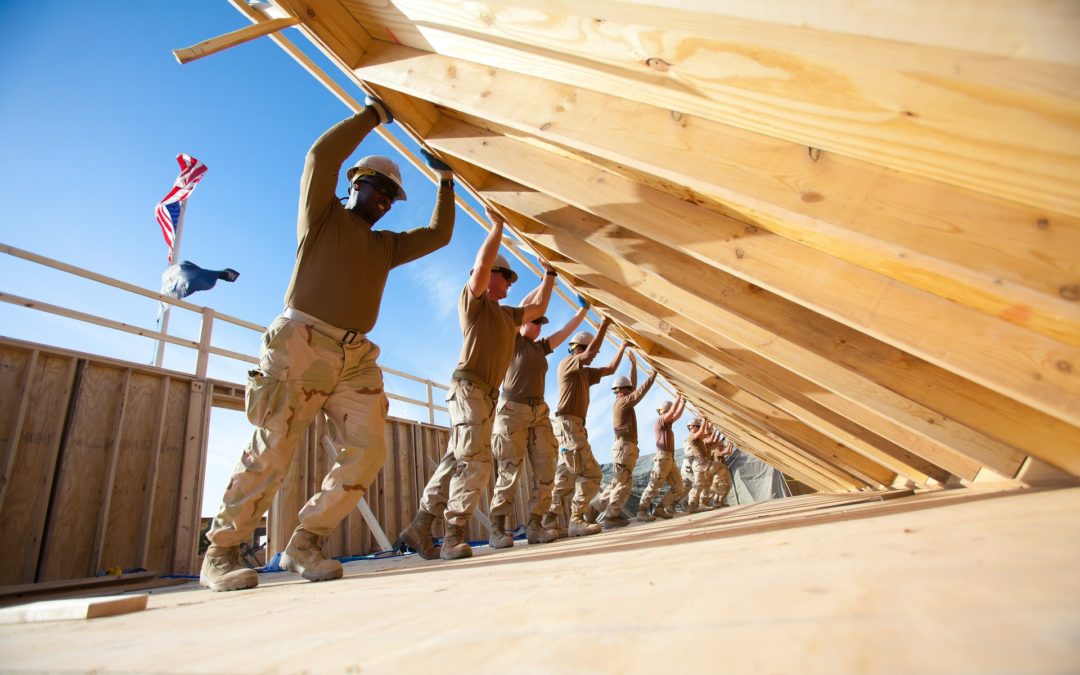
Competing with the Big Dogs
It’s an oft-repeated tune – a national home builder moves into the marketplace, with eyes on becoming the dominant builder, or fast tracks the process by simply acquiring an established local builder. Thoughts of big-box stores moving in and local merchants going out of business ring true. After all, the nationals have the advantages of buying power, huge marketing budgets, lots of working capital, and better access to credit.
But…national builders typically don’t choose to compete on better, only cheaper. They’re playing to their strengths. So, why would you choose to compete using their rules for playing the game? You’re not going to win, consistently, on price.
What if, instead, you could write the rules?
With such a large purchase, price is always important. People use price as a tool for comparison. It helps when trying to make sense of different homes’ different prices. But do you want prospective buyers looking for negatives (reasons why the home is cheaper) or positives (attributes and amenities that help justify the higher price)? And, “cost per square foot?” You probably have your answers for that issue, but a third-party resource will be perceived as less biased. Download the Her Home™ Magazine’s “10 Things You Need to Know Before Comparing Cost Per Square Foot” article here.
Choose Local
Local builders are joining buying co-ops and even joining forces to acquire building lots to be more competitive with national builders. But even nicer is focusing on why your customers get a better value buying their new home from you. Playing to your strengths:
- You’re local. You know your local market; you may have grown up in your local market; you’ve put down roots there; and, you live there. You have existing relationships with others in your local market. From sponsoring local sports teams to being a co-presenter along with a local lender and Realtor®, you are engaged in the community, and that matters.
- You’re human. What home buyer would ever meet with the president or owner? Buyers want to work with a builder they can trust, and it’s much easier to trust a person than a corporation.

- Your reputation. Review sites are full of disgruntled home buyers who bought “lowest price.” Your personal involvement with the buyers, use of quality materials and sub-contractors, and involvement in the community help people want to work with you rather than setting for working with you. Local builders won’t survive without high levels of customer satisfaction, which is the formula for referrals, the most profitable source of new customers.
- Your focus. You can’t be all things to all buyers. But you can be the best at the niche or target market you choose. High-performance? Eco-friendly? Tech-savvy? Woman-Centric? Differentiation takes the focus off price, and places it on the emotional appeals of the home and how it will feel to enjoy it. Conversely, the less you differentiate, the more price-sensitive you can expect prospective buyers to be.
- Bragging rights. Don’t limit your focus to mere rational appeals and attributes. Sure, people want lower utility bills, but they’ll love bragging about them – making sure others know they made a great purchase decision. Cutting dependence on maintenance and rescue medicines by building a healthy home speaks to caring, nurturing, making you feel good about your purchase. And, you’ll tell everyone about the difference breathing easier makes! Such attributes help people feel they got a great home and therefore a great deal; and, people are much more likely to brag about a great deal than about getting the cheapest price.
- New home searches begin online, and digital space levels the playing field. While the big nationals buy billboards, you can win online with quality local content. Each time you post a new blog, you can add a link to it on your social media profiles. Short-staffed? This can be hired out.
- It’s not just awareness, blogging helps position you as a local expert. Buyers want to make informed decisions, and they’re looking for answers. Developing a few downloadable tip sheets can further help overcome online anonymity, as prospects provide their contact information in exchange for your tips, and you can follow up with knowledge of a specific interest area that prospective buyer has.
Furthermore, national builders’ inherent weaknesses can be advantageous to you. They’re often interested only in larger tracts of land. Local builders may be in a better position to acquire smaller parcels, infill sites, or build on the owner’s land. Due to their structure, national builders can be low to respond, regimented, and bogged down in policies, procedures, and red tape. And, national builders face pressures on profitability, too. The difference is local builders are committed to their market, employing unbridled creativity and flexibility during down cycles. National builders can, and do, exit a market as quickly as they entered it – leaving vendors, sub-contractors, lenders, and yes, even their customers, to fend for themselves.
At Design Basics, we have the tools to help you stand out from the national builders
- Builder-Centric℠ Program
- Woman-Centric Matters!® Program
- Developer Services
- Builder Success Stories – learn about other local builders and how they are successful through home design, marketing, and sales!
Contact us today to learn more. 800.947.7526

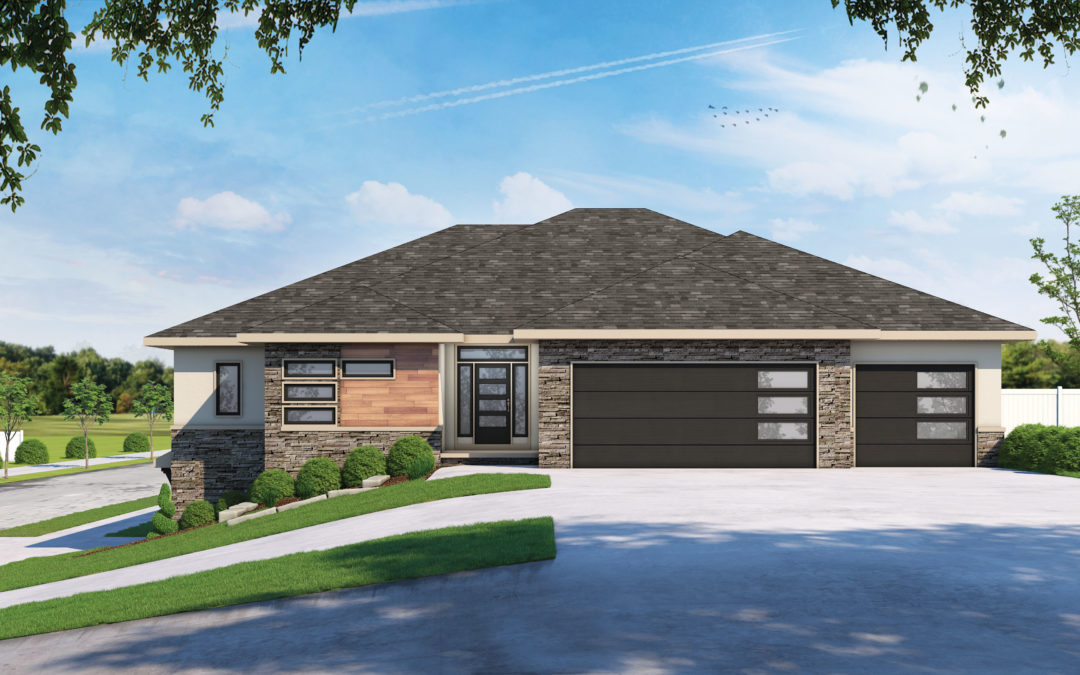
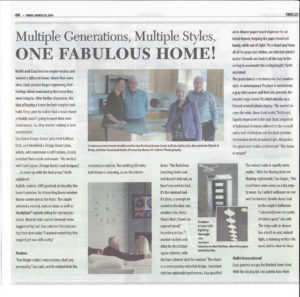
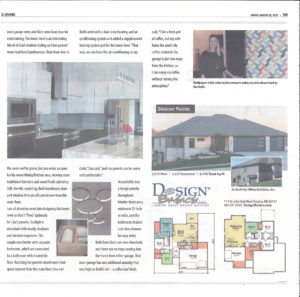
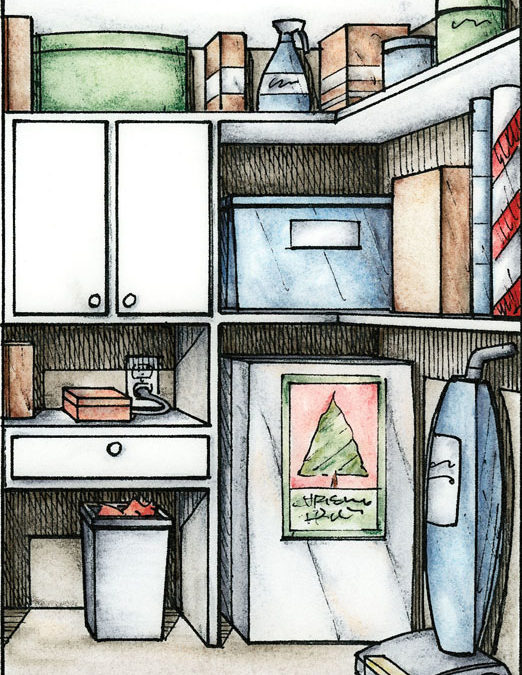
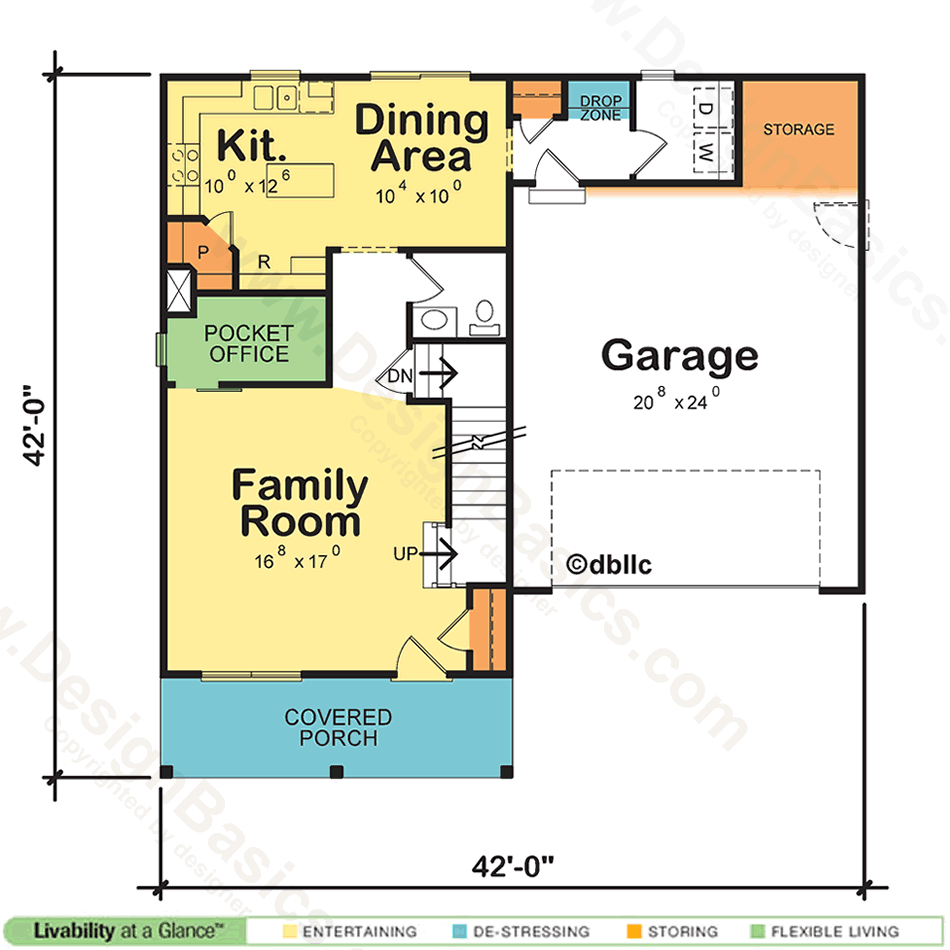
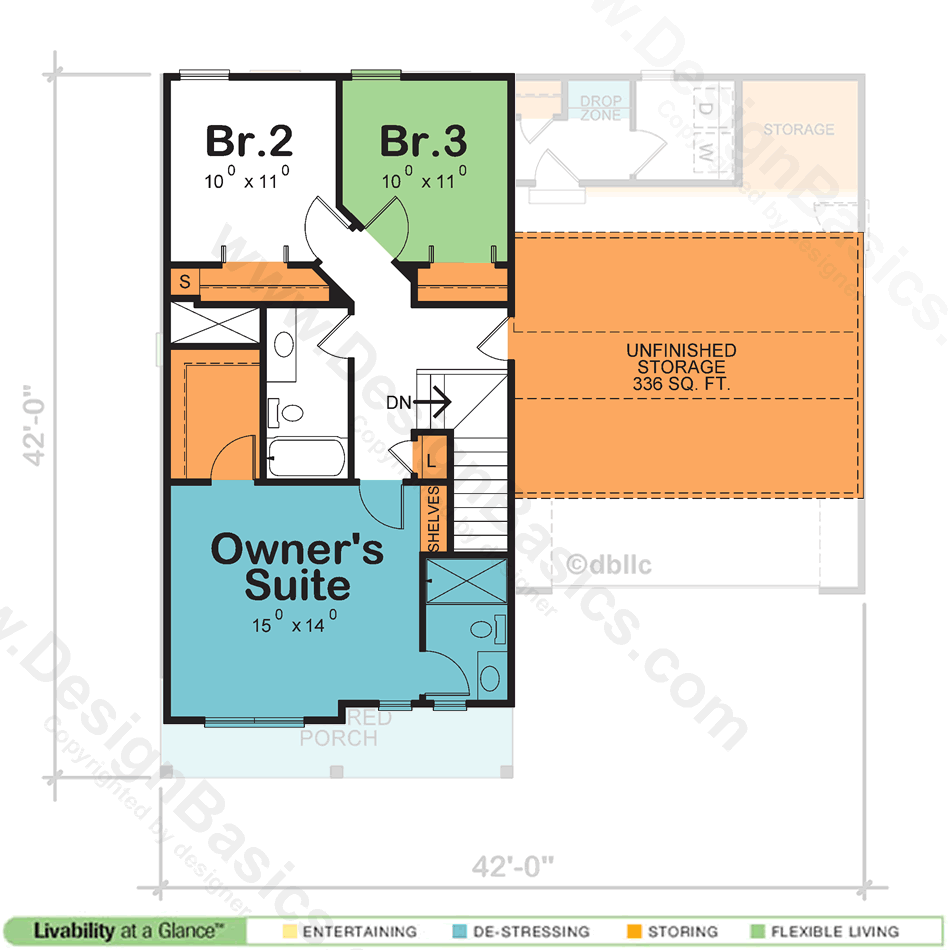
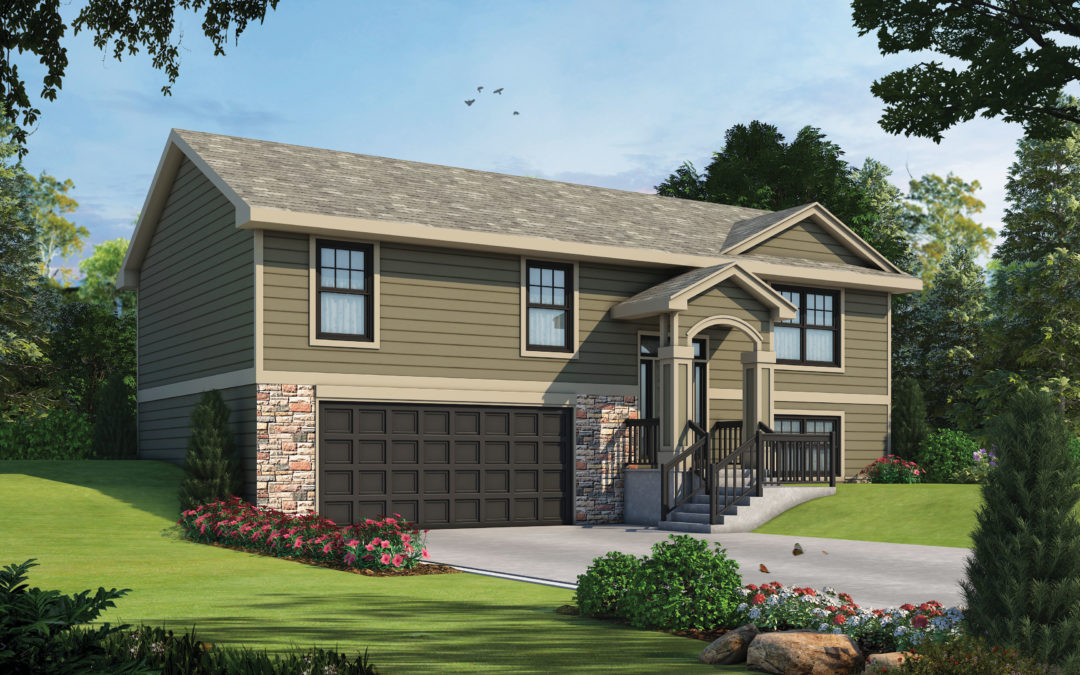
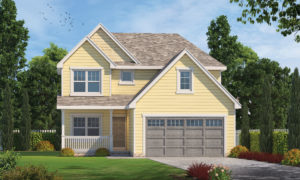 Design Basics’ Kuebler plan (
Design Basics’ Kuebler plan ( Aeroseal® manufactures an aerosol sealant that is sprayed into your ductwork to seal leaks from the inside. Safe and nontoxic, Aeroseal has actually been shown to enhance indoor air quality. Improved delivery of conditioned air means rooms that were hard to keep warm in the winter/cool in the summer are usually more comfortable while saving you money every month on your utility bills.
Aeroseal® manufactures an aerosol sealant that is sprayed into your ductwork to seal leaks from the inside. Safe and nontoxic, Aeroseal has actually been shown to enhance indoor air quality. Improved delivery of conditioned air means rooms that were hard to keep warm in the winter/cool in the summer are usually more comfortable while saving you money every month on your utility bills.